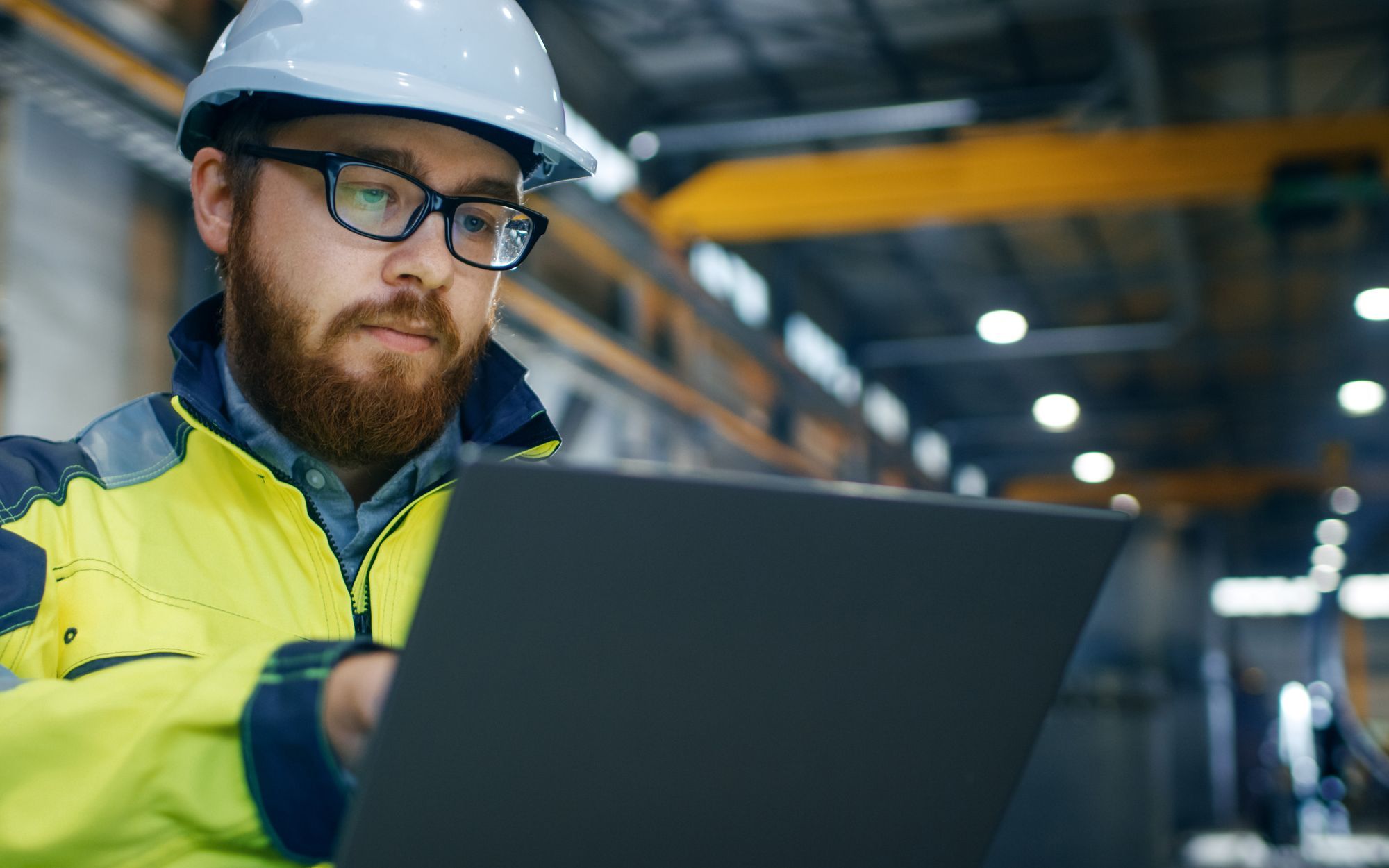How is technology influencing the construction industry? The short answer is in each and every aspect of construction. Technology and construction are both ever-evolving industries–from the world’s first skyscraper to the under-construction Vista Tower which will be Chicago’s third tallest building when completed in 2020.
The entire construction process is being influenced by technology with examples such as:
- Design – computer-based and BIM;
- Preconstruction – prequalification of contractors, competitor’s past performances, accuracy and timeliness of a bid submission;
- Construction – drones, use of mobile platforms for architectural drawing, as-builts, RFI’s, etc.;
- Scheduling – timelines and deadlines for projects;
- Tracking – equipment and materials;
- QAQC – punchlists;
- Contractual risk transfer – COIs; and
- Safety – training, SDS, tool box talks, audits, incident reporting, PPE.
Most of the above are computer-based technological improvements (smart phone, iPad, laptop, etc.) and geared towards the construction industry. Construction continues to be one of the most dangerous occupations. This article will concentrate on the technology influence as it relates to maintaining safe jobsites.
Choosing Safe Contractors
Choosing safe contractors is imperative. How do owners and general contractors ensure contractors are safe? What constitutes a safe contractor? Check prequalification sites such as Avetta and ISNet World. In addition to those sites, OSHA’s public website offers citation histories of potential contractors.
Properly trained workforces to perform the work safely are another sign of a safe contractor. Some construction companies and organizations are using technology to produce training cards with real-time training certifications. In the past, a tradesperson would potentially have to carry around numerous proofs of training. Now, one card can be scanned to verify types of training and certifications each employee possesses.
Site Orientations
Following the award of contracts, technology again comes into play with site-specific orientations. Orientations can be designed with the help of BIM, drones and the like to show new employees where OSHA’s fatal four (falls, struck by, electrocution and caught in/between) causes of construction worker deaths may be found while working on a site. The orientation itself can be completed on television monitors, computer screens or even in the field on iPads or smartphones.
Communication and Coordination
Construction activities vary widely depending on the scope of work. Communication and coordination are major parts of keeping a construction site safe. Coordinating work so that contractors are installing materials and equipment in the safest and most logical progression can be done again using BIM on various mobile platforms. In years past, a trip to the shanty to review rolls of paper prints would take up valuable time. With the communication and coordination of work schedules, safety professionals can then look to technology in areas such as equipment, tools and personal protective equipment (PPE).
Equipment
Technological advancements in PPE, equipment and tools have also been noticeable. Can these technological advancements be a result of high insurance rates, OSHA or compassion for the working person? Probably a little bit of all three, but a better protected workforce is never a bad thing.
Technological advances geared specifically towards worker safety include: aerial lifts, platform ladders, mobile anchorage points, anti-vibratory tools, noise reducing heavy equipment and vacuum and water attachments for dust generating equipment, to name a few. Advancements in PPE include: safety vests and hard hats that integrate sensors and GPS as well as smart clothing that can monitor respiration rates, skin temperatures and heart rates.
Auditing and Investigations
Safety professionals can perform real-time audits and disciplinary write ups. These can be dispersed to the pertinent contractors by hitting send. Audit platforms have the ability to identify trends from the data resulting in safety professionals being able to respond appropriately with training or additional time spent in problem areas. When an injury occurs, time is of the essence. Mobile screens, pictures and investigations can be completed and sent to occupational clinics or insurance companies to assist in the claim in real time.
Robotics
Again, the construction industry is one of the most dangerous occupations. There is no equipment, tool or protective gear that will keep a worker from being injured 100 percent of the time. So, what is the answer to occupational injuries using technology? How about the use of robotics? Robots are used more often in manufacturing, but construction is an environment that changes by the minute. That being said, robotics is something U.S. institutions of higher learning are still researching. The Wyss Institute researchers and Harvard School of Engineering and Applied Sciences are working on construction robots that could perform dangerous tasks.
Technology Risks
The typical liabilities that exist when using technology include hacking into systems, consistent internet access and feasibility in some areas of construction. Some might argue that robots and technology itself will decrease the number of workers needed in the field of construction. That may be true, but with the construction worker shortage being seen across the country coupled with fewer teenagers willing to go into the trades, a construction worker shortage might continue into the future. Maybe robots can fill the gap between today’s construction workers and the lack of new talent entering the construction field.
However, if technology can be used to provide safer construction environments, what is the drawback when it comes to valuing human life?







